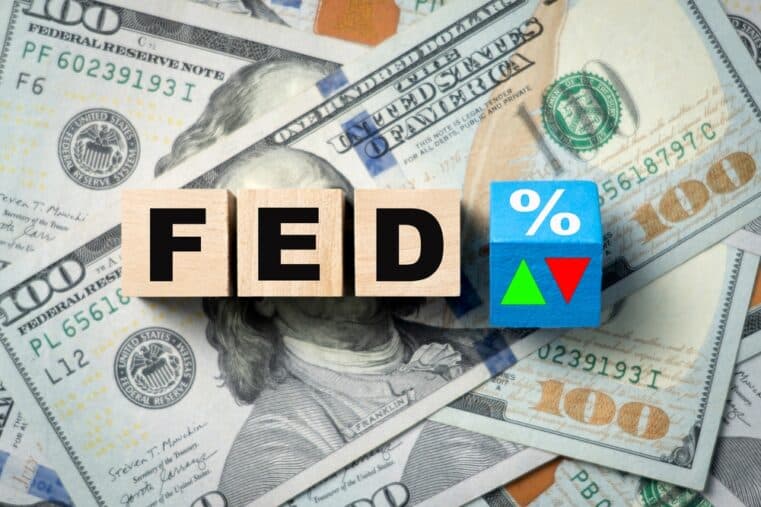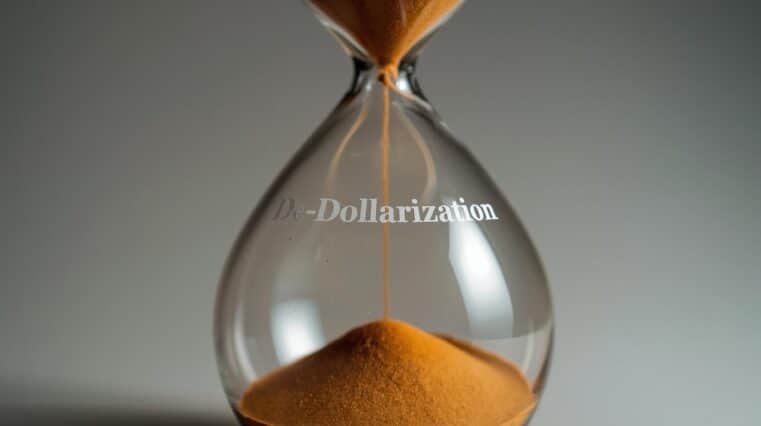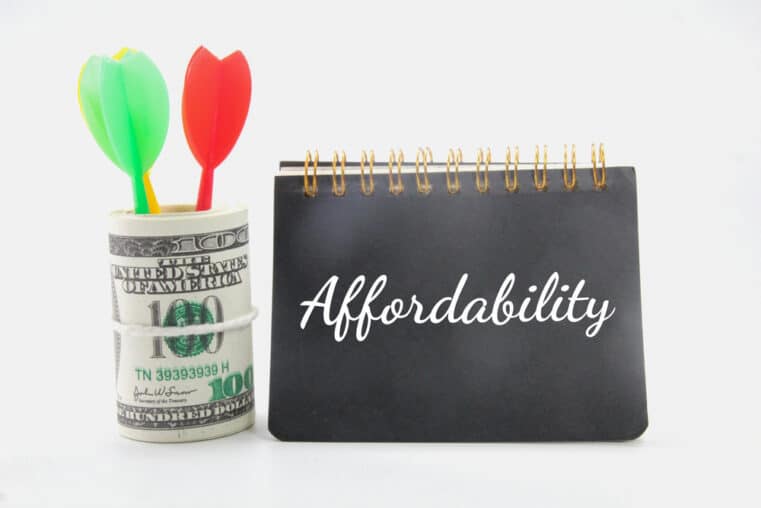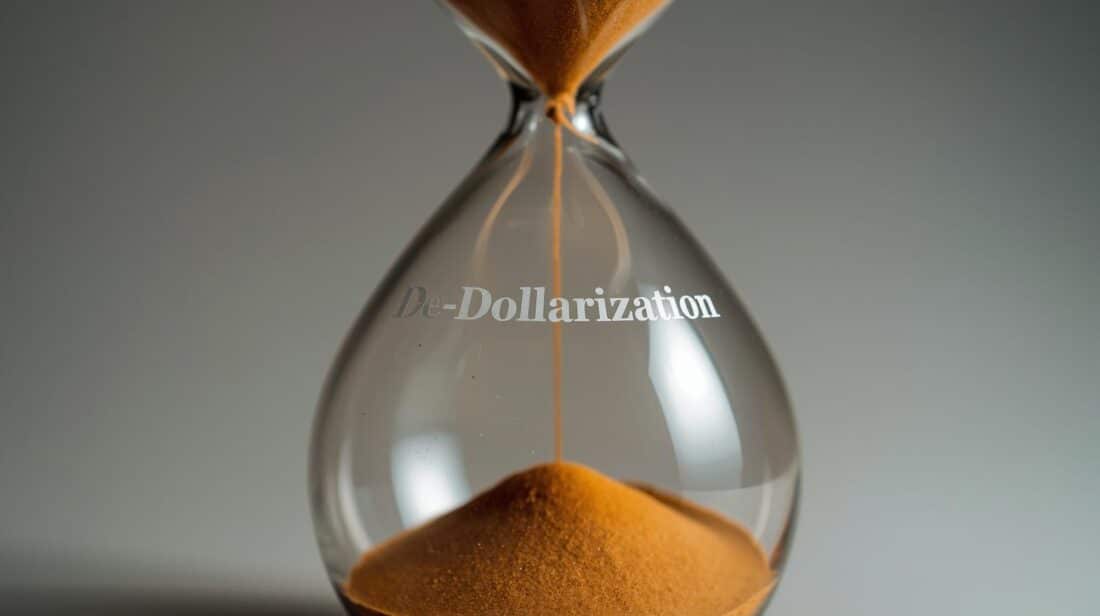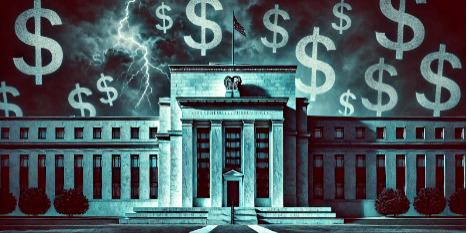
The Fed’s Interest Rate Manipulation: Sowing the Seeds of Economic Decay
On September 18, 2024, the Federal Reserve cut its policy interest rate to 5% in an apparent bid to “strengthen” the economy. Chairman Jerome Powell and his cronies are selling the story that this rate drop will increase demand and stimulate production, sparking that magic combo economists call “growth.” But if you think this rate-cut will fuel genuine prosperity, you’re buying into a dangerous lie.
What we’re seeing here is the Fed’s calculated attempt to keep up appearances in an economy teetering on unstable ground. This is not the free market responding to the needs of real people. No, this is central bank manipulation, and it’s designed to benefit a select few at the expense of savers, producers, and anyone hoping to build something real.
The Great Demand Illusion
Let’s talk about demand—real demand. In a functioning economy, demand comes from production; it’s fueled by people who create, save, and spend what they’ve earned. But in the Fed’s warped version of economics, this natural cycle is replaced by artificial stimulus. By cutting rates, they’re hoping to pump up demand by making borrowing cheaper, encouraging people to spend more. But here’s the problem: if demand isn’t grounded in genuine wealth generation, it’s just a shell game. The money is flowing, but what’s behind it?
This manipulation of demand isn’t a stimulus; it’s a distortion. When interest rates are pushed down artificially, the Fed isn’t helping people buy homes or start businesses. It’s encouraging overconsumption and misallocation, pushing resources toward ventures that wouldn’t survive in a free market. Lower rates create cheap credit, sure, but it’s the same cheap credit that led to our last financial crisis—and this one is shaping up to be even worse.
The Central Bank’s War on Savers
At its core, a healthy economy needs savings to grow. Savings are the fuel that supports investment, infrastructure, and real innovation. Without saving, you have no capital. Without capital, you have no growth—period. But by suppressing interest rates, the Fed is effectively waging war on savers. Instead of letting people’s hard-earned savings fuel real investment, they’re pushing these savings into risky ventures, pouring gasoline on the fire of misallocated capital.
When savers are forced into spending or gambling in a manipulated market, they lose the power to build real wealth. Every dollar that could have gone into productive investment is now funding government debt or speculative bubbles. And when the bubble bursts—as it inevitably will—the destruction will ripple across every sector of society.
Government: The Ultimate Parasite
The Fed and government alike want us to believe that they are the “engines” of economic growth. The truth? They don’t produce anything of value. Government services are funded by siphoning wealth from real producers, those who create the goods and services that society actually demands. Every tax dollar pulled from productive citizens weakens the true engine of the economy, reallocating resources toward bureaucratic bloat and wasteful spending.
Now, combine this with the Fed’s pumping of cheap money into the system, and you get a perfect storm of economic sabotage. Rothbard got it right: government spending doesn’t stimulate demand; it’s a leech on the wealth of real producers. Every dollar spent by government is one less dollar invested in real production, in goods and services people actually want. And every time the Fed pulls these monetary strings, it shifts wealth from the hands of savers into the black hole of government largesse.
The Money Pump
When the Fed expands the money supply by lowering rates, it’s not injecting “wealth” into the system. It’s initiating a sleight-of-hand, exchanging “nothing for something.” This process drains real resources from the economy, benefiting those at the top while draining the wealth of the average American. Sure, the numbers on Wall Street might look rosy for a time. But beneath the surface, this reckless expansion erodes the very foundations of economic stability.
Here’s the ugly truth: if the Fed keeps up this pace, we’re headed for a future where even maintaining existing capital will become impossible. In plain terms, that’s capital consumption—the slow death of economic growth.
Real Growth Comes from Real Savings, Not Central Bank Tricks
Between February 2021 and June 2023, there was a significant decline in the money supply’s growth rate. This should have been good news for savings and investment—real growth. Lowering inflationary pressures gave savers and producers breathing room, setting the stage for a return to solid ground. But the Fed’s recent rate cut threatens to reverse that progress. By throwing the doors open to cheap credit again, they’re undermining the very foundations of economic stability, encouraging yet another boom-bust cycle.
In a real free-market economy, interest rates would be guided by individuals, not dictated by central bank bureaucrats. When the Fed steps in and slashes rates artificially, it’s silencing the true market voice—replacing it with the hollow sound of manipulated demand.
Conclusion: Fight Back Against the Fed’s Economic Con Game
Don’t buy into the illusion that lower rates are the cure for economic stagnation. What we’re seeing is a controlled demolition of the economy, orchestrated by the Fed and cheered on by a complicit government. They’re playing with our wealth, our savings, and our future, all to keep the illusion of growth alive.
Real growth doesn’t come from policy tricks and rate cuts. It comes from production, saving, and genuine investment. The Fed wants you to believe they’re the heroes, but the reality is they’re steering us toward financial ruin.
Take control of your own future. Download “Seven Steps to Protect Yourself from Bank Failure” by Bill Brocius, and learn how to safeguard your assets against the next economic crisis.


